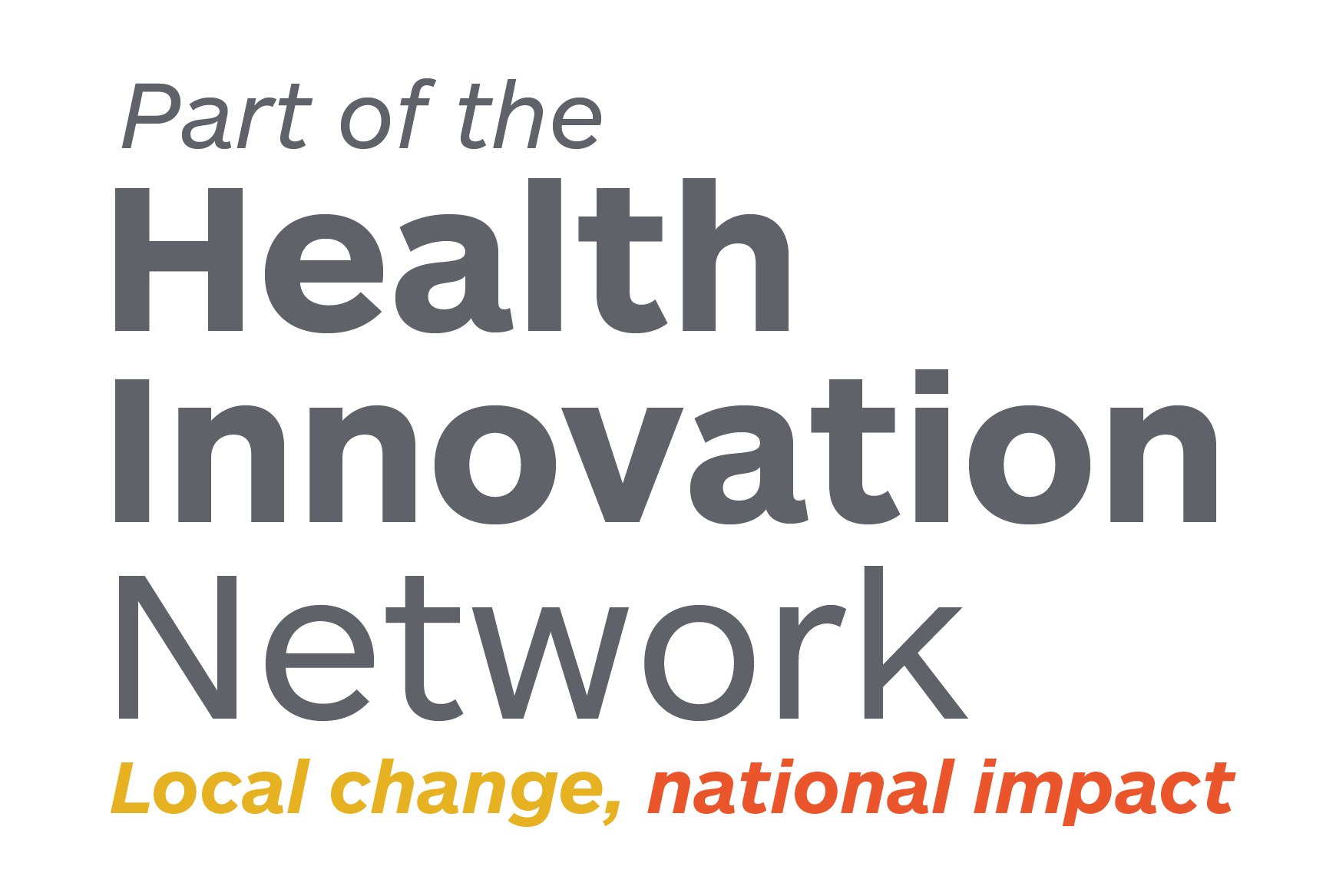PreciSSIon (Preventing Surgical Site Infection across a region) is a double award-winning collaborative involving all hospitals in the West of England. The aim was to reduce incidence of surgical site infection after elective colorectal surgery by implementing a four-point evidence-based bundle of care developed at North Bristol NHS Trust in February 2013.
This became a Health Innovation West of England project in November 2019 and we supported adoption and spread to other hospital trusts (Royal United Hospital Bath, University Hospitals Bristol and Weston, Gloucestershire Hospitals Foundation Trust and Great Western Hospital Swindon) through project management, provision of resources, and funding of collaborative events.
The project almost halved SSI with a reduction of 47 % by March 2021. It is estimated that the project saved 115 patients from developing an SSI, with an associated cost saving of £566,720. This result was achieved despite the COVID response causing major disruption in hospitals.
Watch our PreciSSIon bundle video.
The challenge
Surgical site infection (SSI) refers to wound infections following invasive surgical procedures. SSI arises from contamination of the wound site during or after surgery. The development of SSI is complex with many contributing factors.
SSI is the third most common hospital acquired infection in the UK accounting for 14.5% of all HC AI affecting 250 000 people a year in England with an estimated 34-226% increase in associated costs.
SSI causes pain for patients, can increase hospital stay and readmission and increase antibiotic use. When severe it can lead to intensive care admission and rarely, death.
SSI is more common after colorectal surgery where wounds can be contaminated by bowel content, but most hospitals do not know their SSI rates. Rates of between 8-30% have been reported based on in-hospital SSI and readmissions. However, the prevalence is likely to be underestimated because SSI frequently presents after the patient has been discharged from hospital.
View the PreciSSIon implementation toolkit.
Our approach
The PreciSSIon project had 2 clear aims:
1. To establish reliable SSI measurement after elective colorectal surgery using a validated patient reported outcome questionnaire at 30 days.
2. To implement an evidence-based 4-point care bundle. The PreciSSIon bundle, includes: 2% chlorhexidine skin preparation; a second dose of antibiotics after 4 hours operating; use of dual ring wound protectors; antibacterial sutures for wound closure.
Health Innovation West of England supported the PreciSSIon collaborative using the IHI Breakthrough Collaborative model. We produced resources and materials to aid data collection and implementation of the PreciSSIon bundle. These included QI (quality improvement) resources, an implementation toolkit, posters, and videos. We also ran ‘learning and sharing’ events for the collaborative which were an opportunity to meet and share successes, challenges, and discuss data collection. One face to face meeting occurred before the pandemic but then all subsequent events were virtual.
“The collaborative element enabled staff and trusts to support each other during the difficulties of the COVID-19 pandemic and engagement was high, with theatre teams in particular being empowered to make a difference.
“We had our challenges, including standardising measurement, procurement of antibacterial sutures and sustaining measurement during the pandemic, when staff were redeployed to other roles, but despite this we have demonstrated that a care bundle developed in a single hospital can be adopted and spread. Also that the original outcome of a 50% reduction in SSI after elective colorectal surgery can be replicated in other hospitals and deliver results within just 18 months.”
Dr Lesley Jordan, Consultant Anaesthetist and Patient Safety Lead, Royal United Hospitals Bath NHS Foundation Trust
Impacts to date
The regional average baseline SSI rate was 18%. Implementation of the bundle in all trusts between November 2019 and May 2020 resulted in a 47% improvement in SSI rate, leading to a regional average of 9.5% by March 2021. This equates to saving 115 patients from an SSI, a significant improvement in patient experience. Compliance with bundle was 87% for chlorhexidine, 79% for antibacterial sutures, 68% for wound protectors and 92% for antibiotics.
A UK study demonstrated that the cost of a SSI after elective colorectal surgery is £4,928 equating to a regional cost saving of £566,720. 3 hospitals also implemented the bundle after emergency abdominal surgery leading to a reduction in SSI from 22.5% to 12.5%.
PreciSSIon was shortlisted for two 2021 HSJ Patient Safety Awards, winning the Infection Prevention and Control Award. PreciSSIon also won Quality Improvement Team of the Year at the BMJ Awards, both in September 2021.
In March 2022, the Journal of Hospital Infection published a study by surgeons and trainees who formed part of the PreciSSIon project team. This evidenced the value of SSI bundles to patients and the NHS. Read the journal article.
In September 2022 the Journal of Hospital Infection published PreciSSIon – a collaborative initiative to reduce surgical site infection after elective colorectal surgery. This concluded a care bundle developed in a single hospital can be adopted and spread and the reduction in SSI after elective colorectal surgery can be replicated in other hospitals and deliver results within 18 months.
Next steps
In October 2022 we launched a new PreCiSSIon collaborative – focused on reducing SSI after caesarean birth – in six local acute hospital maternity units across the region. Read more in our launch blog.
The project results have been shared with the Royal College of Surgeons and the results have been presented at the Association of Surgeons of Great Britain and Ireland with the aim of sharing more widely.
The project launched in November 2019 and is ongoing, although Health Innovation West of England project management has ended.
Project leads:
Anne Pullyblank, Medical Director, Health Innovation West of England
Dr Lesley Jordan, Consultant Anaesthetist and Patient Safety Lead, Royal United Hospitals Bath NHS Foundation Trust


